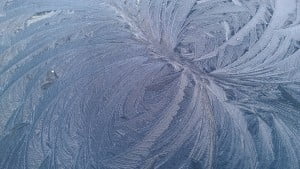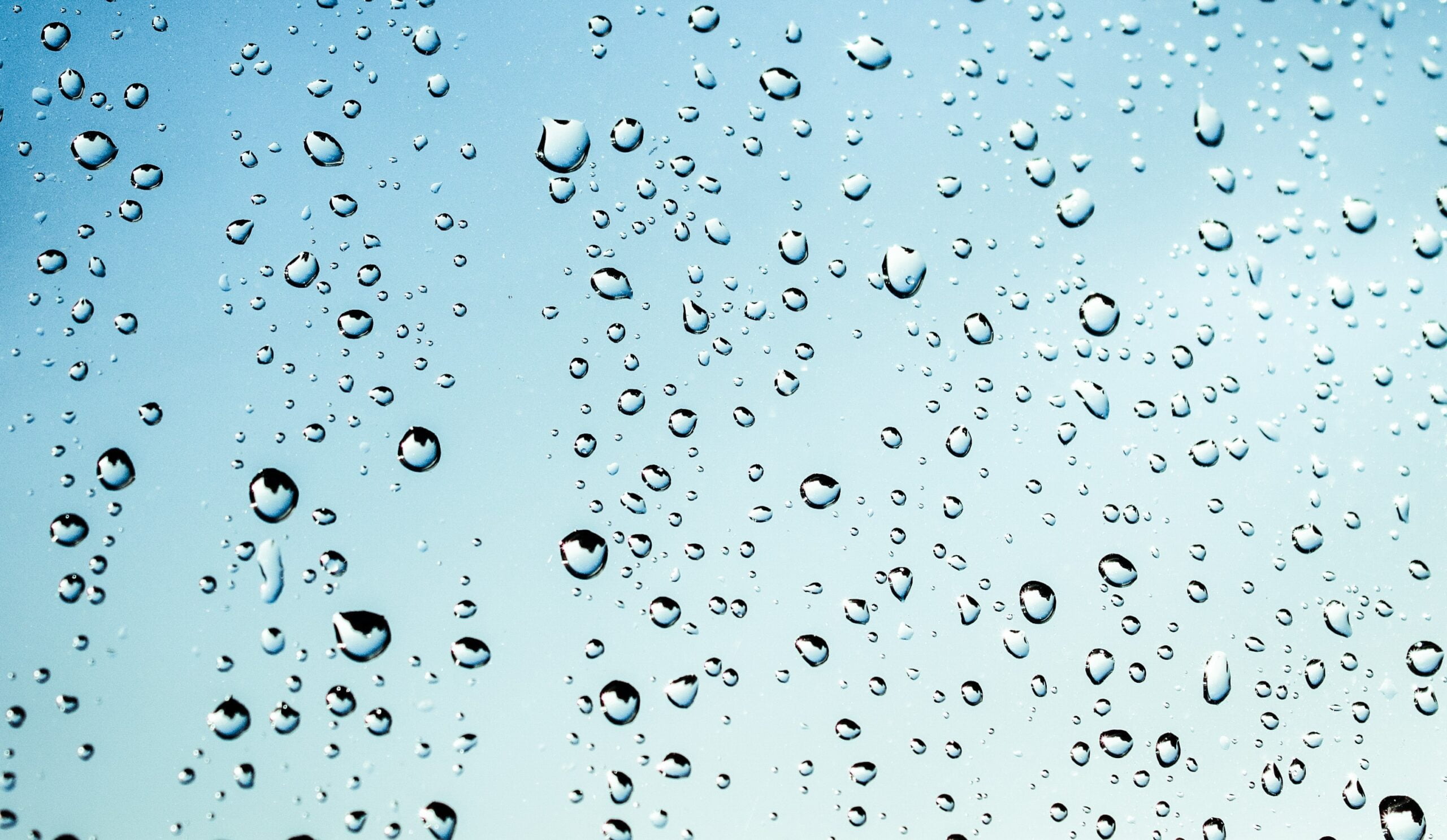Here are some ideas for simple, fun weather related fieldwork which you can try out in the school grounds. We started off with 10, but then had more!
Bubble chase – see which way bubbles drift in the wind to determine the wind direction and speed. Here is some guidance.
Does rain always come from dark clouds? Use our colour chart to find out. Or, use a home made cyanometer to see how blue the sky is, and link it to art or to discussions about why the sky is blue, and how pollution affects it.

Microclimate – how long does it take an ice cube to melt in different places?
Identifying cloud types. You could use our Metlink Bookmark, cloud wheel or cloud chart.
Which way are the clouds moving? You can use the OPAL guide to making a nephoscope for this.
Wind speed – use the Beaufort Scale to estimate the wind speed.
Cloudiness – you could either record as ‘Clear sky, mostly clear, mostly cloudy or overcast’, or record in oktas, using a cloud mirror (using a ruler, draw a grid of lines onto a square mirror so that you have 16 equal size boxes; look at the sky with the mirror. How many boxes are mostly cloudy? Divide by 2 to give oktas and repeat for different bits of the sky to get an average).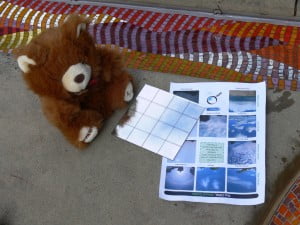
Evaporation – draw around the edge of a puddle to see how long it takes to evaporate (guidance here).
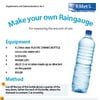 Rainfall – make your own raingauge using our DIY sheet. If you can, use paraffin wax (sold by candle making suppliers) rather than jelly.
Rainfall – make your own raingauge using our DIY sheet. If you can, use paraffin wax (sold by candle making suppliers) rather than jelly.
 Raindrop size measuring using a sand tray or blotting paper. There is a fairly high level guide here but it could easily be adapted for all levels.
Raindrop size measuring using a sand tray or blotting paper. There is a fairly high level guide here but it could easily be adapted for all levels.
Where is the warmest/ coldest spot in the school? Or, if you want to take wind speed into account too, Where would you put a picnic bench?
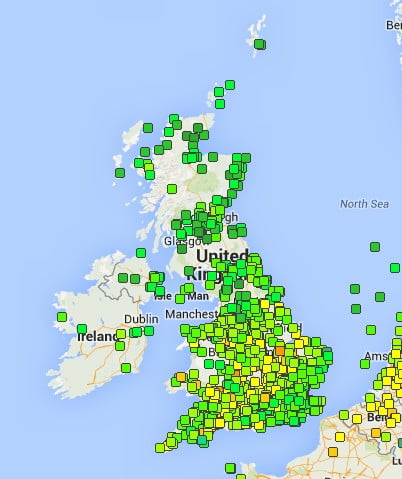 What’s the temperature in your school grounds today and somewhere else in the world/ UK?A very good way of seeing this is to use WOW. By zooming in and out, you can compare temperatures locally and around the world.
What’s the temperature in your school grounds today and somewhere else in the world/ UK?A very good way of seeing this is to use WOW. By zooming in and out, you can compare temperatures locally and around the world.
Record temperatures for a week in your area and in another city elsewhere? Can you compare them?
 Contrails (OPAL) – Use this guide to record what sort of contrails you can see.
Contrails (OPAL) – Use this guide to record what sort of contrails you can see.
